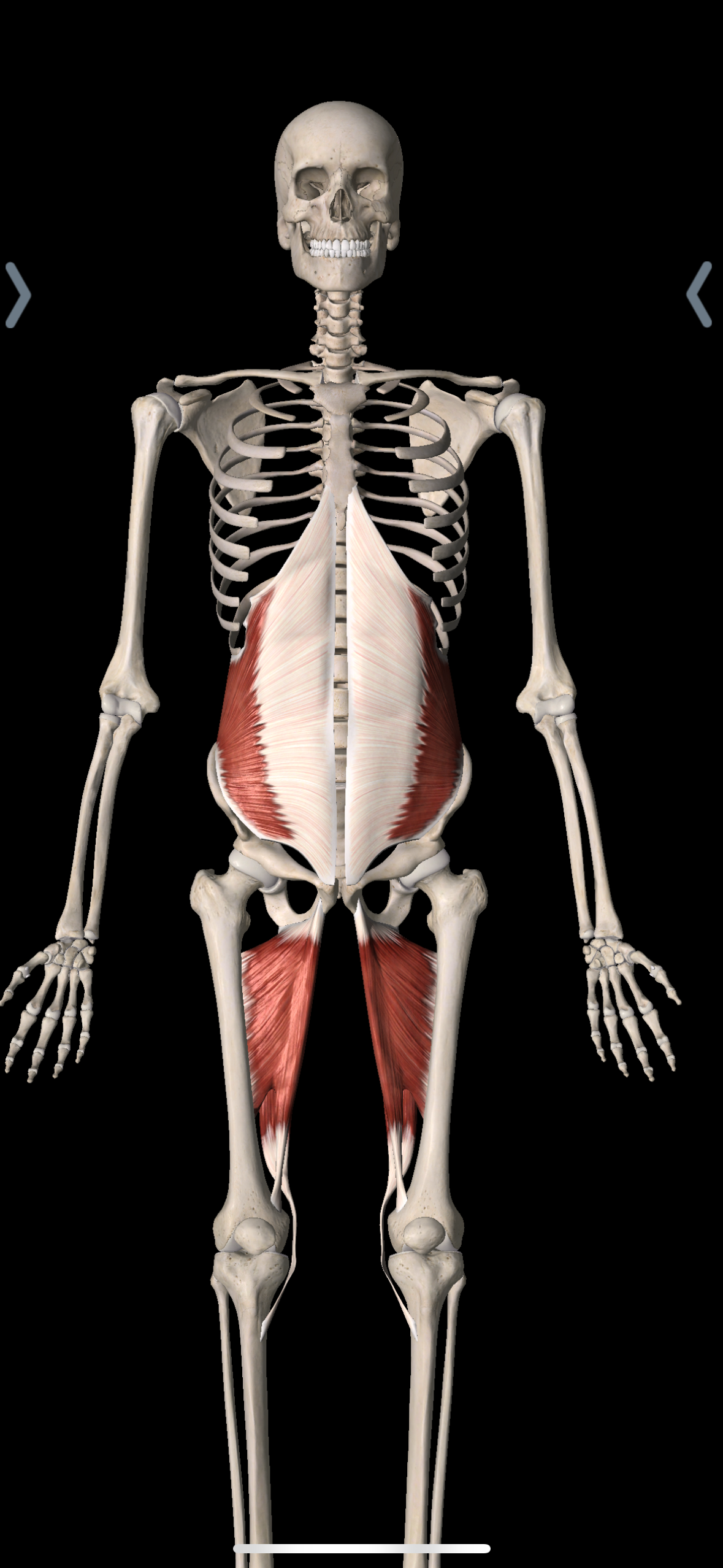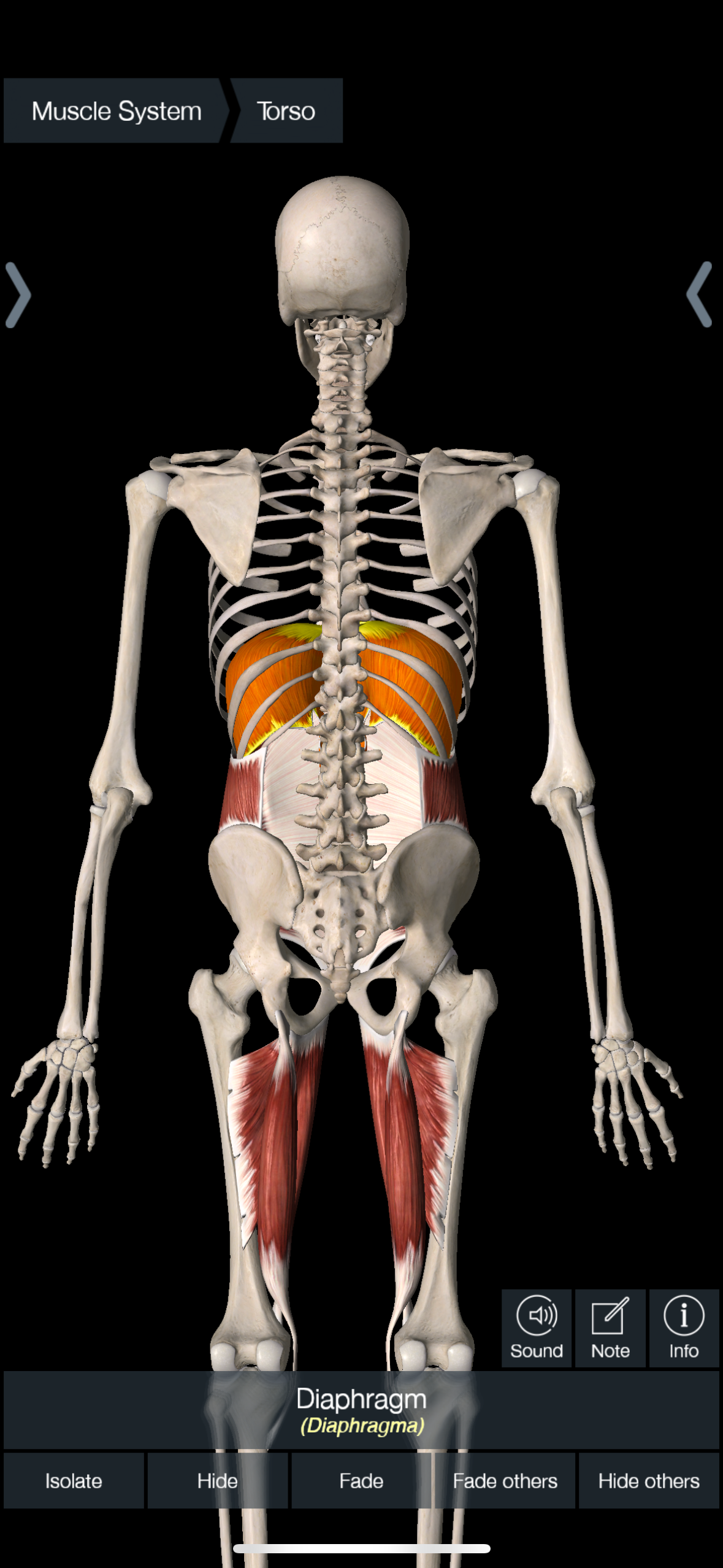The Power of Assessment: Seeing Beyond Plain Sight
This past weekend, I had the honor of working at a wellness festival in Beacon, offering orthopedic and respiration assessments to participants.
What struck me most? Not a single person had ever received an assessment like this before.
I found this shocking. Movement is a sign of life - especially breathing. Shouldn't we want to understand this fundamental aspect of our existence more deeply?
Thanks to the open-heartedness of the participants, I had the chance to help them examine their movement and breathing patterns, empower them with new practices, and open doors to possibilities for healing they hadn't considered before.
My Journey with Assessment
A decade ago, I was introduced to movement screens when I first started working as a trainer. I took courses in Functional Movement Screen (FMS), Neurokinetic Therapy (NKT), and with the Postural Restoration Institute (PRI). I was walking alongside many industry leaders and seasoned practitioners.
Learning about these approaches as a young trainer - and being assessed myself by brilliant practitioners - completely changed my worldview on training, recovery, performance, and healing.
Here's what I learned:
Unlike the medical establishment or education system, I don't think of assessment as an examination for diagnosis.
An assessment helps both practitioner and participant see objectively what is happening in the body at this present moment - without judgment, without labeling outcomes as "good" or "bad," and without pathologizing the person.
This assessment establishes the foundation of a learning process - to observe patterns.
These muscles have significant postural influences.
Diaphragm is the conductor.
What Does This Mean in Practice?
For me, it provides objective information about how you breathe, move, stabilize, and your default or favorite patterns. It shows me the relationships within the body.
For you, the client, assessment offers awareness. You begin to understand your own body more deeply - you can sense your body in ways you've never experienced before. This awareness is powerful. It gives you the keys to unlock restrictions, a sense of agency, and clarity about yourself.
I Was a Skeptic Too
Like some of you, I was skeptical of assessments at first. I was physically "fit" by all accounts - low body fat percentage, fast, strong, and explosive.
I thought to myself, "Why would I need an assessment?"
Until I had recurring neck and shoulder impingement issues, I didn't feel an assessment was necessary since nothing bothered me.
Little did I know, an assessment wasn't just helpful when I was in pain - it was essential for taking my performance to the next level.
Soon after I incorporated postural restorative exercises into my training, I reached some of my personal records at the time, including a 53-inch box jump from a stationary start.
https://www.instagram.com/p/9d9oTjNWSN/?igsh=MnJmbGQ3N3RsOHF0
A Client's Transformation
I've seen this approach benefit clients from all walks of life. Let me share one story with you.
My client is a long-time fitness enthusiast with a background in dance, Pilates, yoga, running, and weight training. She also has a history of chronic neck tightness and pain, among other injuries.
When we started working together eight years ago, she used her neck and accessory breathing muscles to create stability. They provided a sense of safety - what her body knew. However, this pattern created airflow obstruction in the process.
This manifested as anxiety, forgetfulness, restless sleep, chronic neck and shoulder pain, irregular bowel movements, and more. It creates a perpetual cycle of dis”eases”.
Fast forward eight years: her movement patterns during sessions have improved dramatically. Neck and shoulder pain still appear occasionally, but now she can explain to me where it stems from and what she did to mitigate the acute flare-up.
Most importantly, it takes far less time for her to return to a pain-free state now. The interesting shift? Her pain tolerance is much lower than it used to be - and that's actually a good thing. Any discomfort she experiences now serves as a signal that something in her life needs attention and cannot be postponed. Her body has become a wise messenger rather than something to push through.
Your Next Step: Start with Awareness
Whether you are looking to improve your physical performance or movement, recover from an injury or surgery, or simply understand your body on a deeper level, a comprehensive assessment is the first step.
It is not to "fix" the body as if something is wrong. It is about learning - about what your body is trying to communicate.
The human body is so intelligent that it always does whatever it takes to help us feel safe and survive. For example, bunions are created to help someone stabilize themselves.
Awareness is the first step towards change. If you are curious about what your body might reveal, I invite you to schedule a discovery call with me.
Book your discovery call: https://www.anthonywongwellness.com/appointments
Thank you for taking your time to read my newsletter. Feel free to forward this to someone who might be having a health challenge or could benefit from understanding today's topic.
To Good Health,
Anthony Wong, L.Ac, NSCA-CPT
Beacon, New York
10/13/2025

